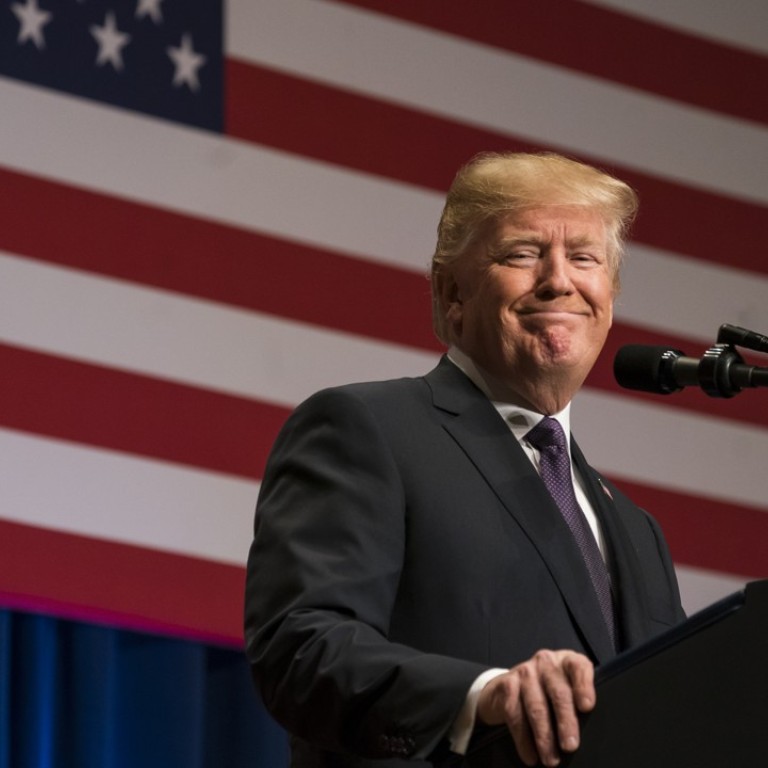
Trump national security strategy looks flawed from the start
The policymaking team of the US president lays out an especially hawkish position towards Beijing, giving a confused picture of what lies ahead for the relationship
Trump’s personal friendship with President Xi Jinping and the need to work with China in areas such as dealing with North Korea’s nuclear and missile programmes are at odds with his approach. The document’s words do not match the administration’s foreign policy actions since it took office in January. Then there is the American leader himself, known for changing his mind and altering policy through Twitter. But that does not mean the document should be ignored; while it may not make clear policies, it is in keeping with Trump’s “America first” approach.
Although the implication is that Beijing is one of two strategic competitors to Washington, the term “revisionist power” is used instead. Strategic competition with China is acknowledged as a reality, not just in economics or diplomacy, but all areas. For smaller Asian countries, that may mean choosing between siding with China or the United States, creating a potentially tense environment.
There are already frictions over trade and they would seem likely to worsen. Trump’s turning his back on globalisation and climate change is starkly at odds with Xi’s sensible policy of nations working together towards a common goal of development and prosperity. The American leader’s speech, outlined document and past actions make for confusion. But on one matter there is no doubt; framing the relationship between the world’s two most important nations in terms of competition rather than cooperation is a flawed strategy.

